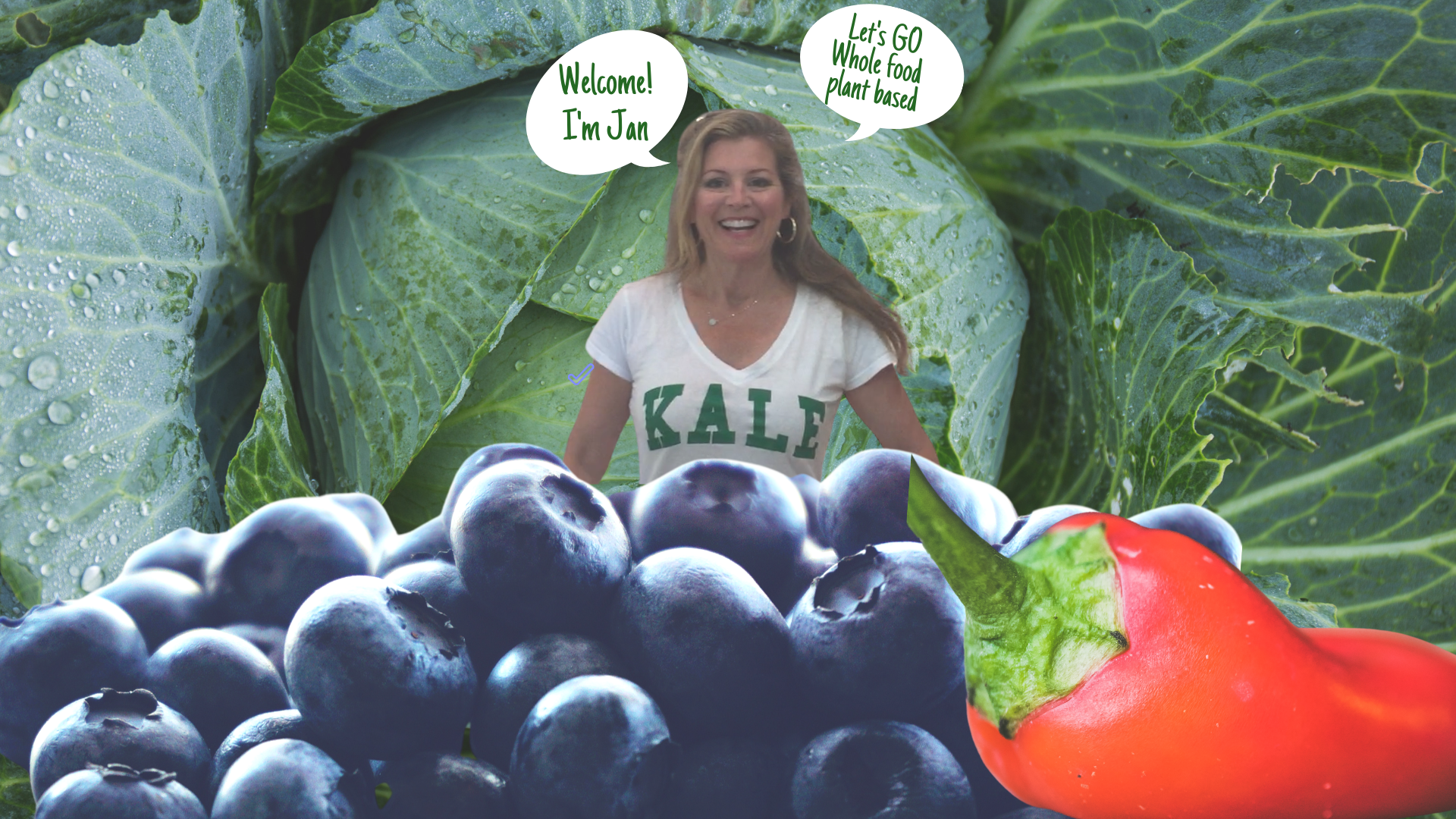What Is A Whole Food Plant Based Lifestyle?
In a nutshell, a Whole Food Plant Based diet is based on foods that are… well, plants. If it grows from the earth and has leaves instead of legs, it’s what’s on our plate.
There is now overwhelming evidence that the superior diet for human health and the diet of the future should be packed with plants. Backed by decades of scientific research studies, the evidence shows that incidence of chronic disease can be lowered by eating vegetables, fruits, legumes and grains almost exclusively. In fact, a minimally processed, whole food plant based diet is the only one proven to reverse heart disease.* And, better yet, this diet is not just protection from our major chronic diseases that rob lives, it improves quality of life by increasing energy and lowering depression and anxiety.
Green plants benefit our environment and our planet through photosynthesis. When they convert and store light for their energy, they release oxygen. Take a deep breath when you consider that a green plant’s “waste” product is essential to oxygenating our planet. The caloric superiority in producing plant nutrition over animal derived products for human diets is well documented. Did you know that it takes 1,850 gallons of water to produce one pound of beef?** In addition, animals produce tons of waste products such methane gas and manure which contribute to global warming and water pollution.
Plant derived foods are a more efficient caloric source for an increasing world population and contribute to 1) better human health, (2) a cleaner, healthier planet and (3) less suffering for animals. Those three considerations are prioritized differently for each person. From my experience in immersing myself in forums, communities, research and social media, the Whole Food Plant Based fans are typically a Health First priority. For me, all the considerations for my health, my planet and the animals are what inspire me to be an advocate for this lifestyle.
On to the foods! What do I eat?
The key is the right kinds of plant foods. The food industry’s profits historically come from processing and marketing. After all, an Oreo cookie is a vegan, plant based food. Of course, an Oreo cookie has a higher profit margin than an apple.
Whole foods are most like their original state. Whole foods are minimally processed plants that include all genres of vegetables, fruits, grains and legumes.
For optimal health, the key term is “minimally processed”. Plants are nutritional powerhouses for humans. They contain fiber, antioxidants, vitamins, minerals and enzymes. The more they are processed, the more they lose these features. They also become calorie dense so you need more calories to feel “full”. Oils are a good example of extracted calories. You can either have about 30 olives or 1 tablespoon of olive oil for the same calories. The difference is that the serving of olives has over 3 grams of fiber and a broader nutritional profile.
Transitioning to WFPB from a typical American diet is easier for some than others. To my friends and family, I’ve recommended treating the transition as a journey. Some may take it slower, taking the scenic backroads to discover and appreciate new foods and dishes. Some may look at the evidence and want to get on the freeway to get to the destination quickly. One way to view the journey, is to remember: Every time you eat, you make a choice to improve (or harm) your health.
The goal with Plant Based Jan is to provide inspiration.resources and recipes to get you going. Let’s go!
See Resources for links to research and studies.
*https://pubmed.ncbi.nlm.nih.gov/9863851/, https://www.ornish.com/proven-program/the-research/


